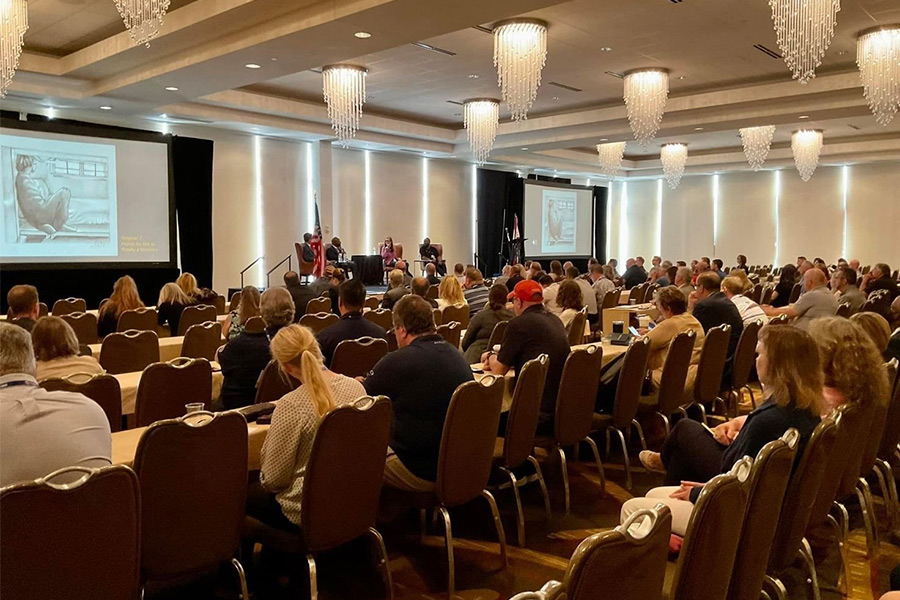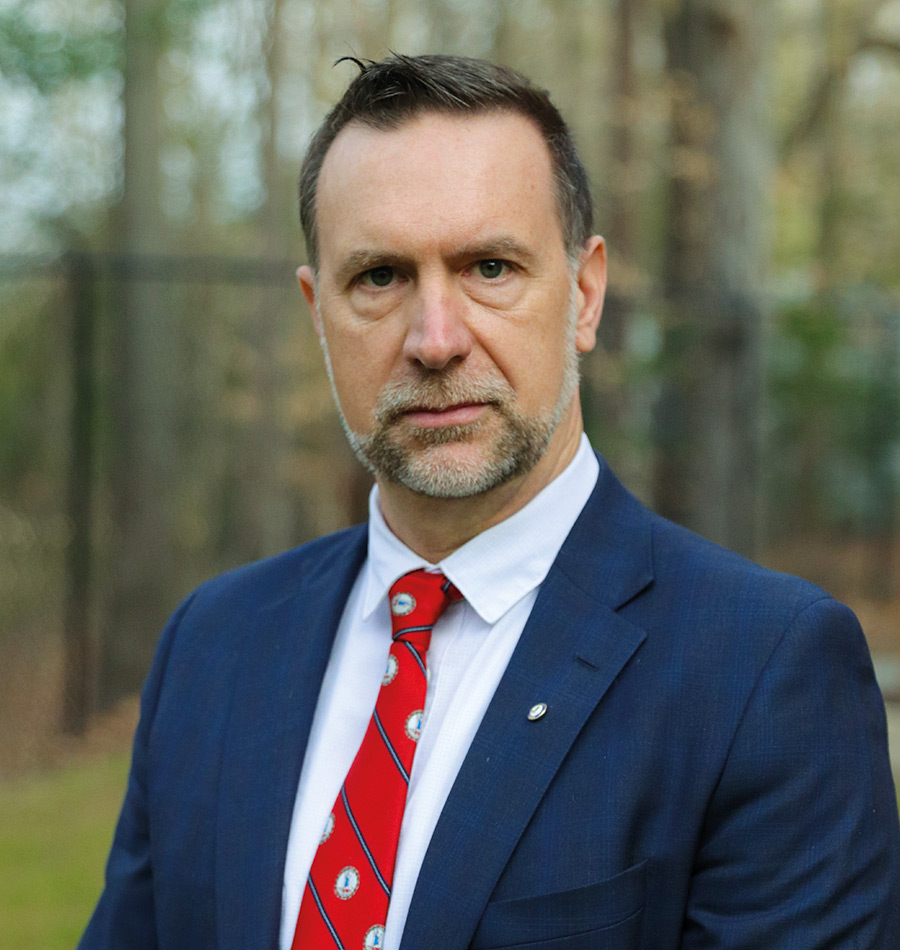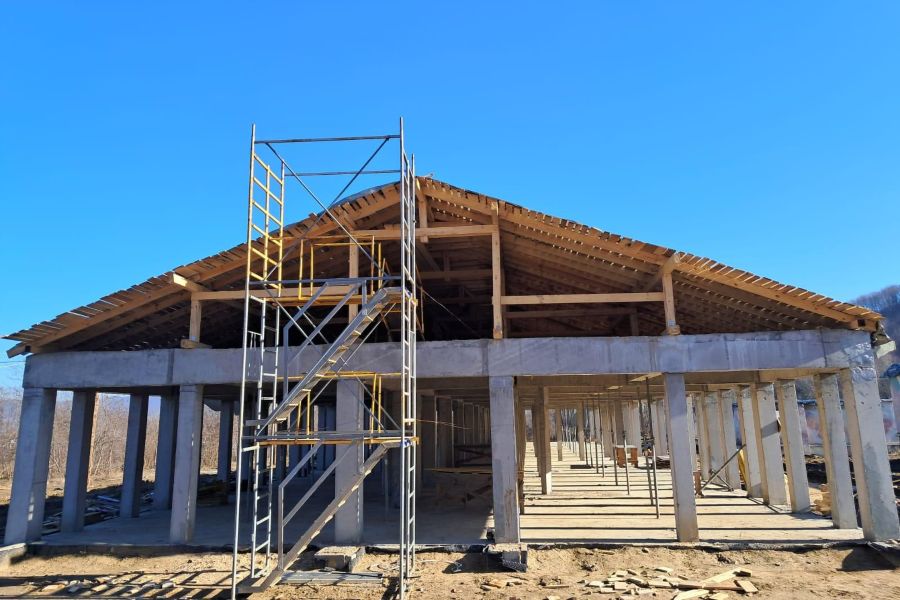Interview
Zacc Allen
President of the Corrections Technology Association, USA
CTA’s mission is to provide a platform for collaboration and information sharing related to emerging technologies in the sector.
Why did the Corrections Technology Association come about and what is its mission?
ZA: The mission of the Corrections Technology Association is to provide a forum for the exchange of ideas, experiences, and knowledge.
As technology correctional professionals working in local, tribal, state and federal agencies as well as those in the private sector, we can all benefit from the sharing of these collective experiences.
This June, we are excited to be hosting our 23rd annual summit in Fort Myers, Florida! The CTA began in 1999 and our first summit was held in Seattle, Washington in 2000.
Since that was well before I became a correctional professional, I looked through our archives and came across the program from that first summit: Victim Notifications, Offender Management Systems, and Medical Technology were topics at the forefront of discussion back then, and continue to be relevant topics today.
What major challenges do you identify in terms of the implementation of technology solutions and digital transformation in Corrections? And how does the CTA support agencies address those challenges?
ZA: Corrections has historically been underfunded and can experience recruiting challenges for technical professionals. Let’s face it, Corrections is not a sexy industry like Google, Meta or Amazon, but I would argue that once you begin a career in corrections the diversity of the technology portfolio draws you in and keeps your interest. However, I feel that we are always playing a game of catch up and the need for technology often outpaces our ability to deliver.
The CTA, through its information-sharing and collaboration efforts, creates a network to engage with peers. If you’re facing an issue or looking into new technologies, I guarantee you one of your peers is facing a similar situation or has already addressed the topic.
The connections I have made during my 11 years as a member of CTA have been invaluable for me professionally and, frankly, for the Commonwealth of Virginia. I’ve visited other states looking at technology implementations that Virginia is interested in. I’ve called on vendors that I’ve met at CTA to fill some of our business needs. I’ve been invited to user groups to support technology advancements in community corrections. I’ve been invited to Delaware to look at some of their new security camera setups and have also been in multiple conversations with Wisconsin and California about their implementation of electronic medical record systems. I could go on and on. It is this camaraderie that helps us all to be successful.
We are now working on a platform that will give CTA members the opportunity to start sharing documents. I can’t tell you how many times I’ve been asked by other states to share business requirements for systems that we’ve stood up here in Virginia. As an example, Virginia is currently working on the scheduling of staff at institutions. These business requirements can be very time intensive to complete. We have very tight criteria on how you can man a post within an institution.
Process and procedures may differ from state to state, but it's extremely helpful to be able to see how other states are operating and how it may apply to your own needs.
In the fast-moving sector of technological innovation, what is CTA’s approach when developing and promoting standards for the deployment of Corrections technology solutions?
ZA: The CTA has developed standards for an offender management system that were posted quite some time ago. The state of Maine has utilized those standards to go through an RFP process for their offender management system. Many other correctional agencies have also taken advantage of these standards.
Time is one of the biggest challenges for the CTA. In addition to our board being comprised of all volunteer positions, we are also typically the head of the technology divisions in our state/locality or IT decision-makers.
I can attest that we all have very busy jobs with very little free time. We are all mindful of the big picture to purposely set aside time to ensure that the CTA network of correctional professionals continues to grow and strengthen so we can learn from the success of each other. Each of us comes from different environments that can result in different requirements and standards.
Our job is to ensure decision-makers have the connections that allow them to make the best decisions for their organizations.

What technological innovations in corrections are you particularly excited about and what opportunities could they bring about?
ZA: Inmate movement inside of a prison is a very structured process that historically, in Virginia, has been tracked using reports that are printed several times a day. It tells us where an inmate is supposed to be at any given time inside a prison. There are a few companies that have come up with ways to automate inmate movement within a jail or prison. This technology would automate the tracking of inmates through egress and ingress points throughout an institution using facial recognition and RFID tags through the scanning of ID cards or a wristband. I find that very compelling and we are starting a pilot at one of our complexes here in Virginia.
Another particularly promising technology for the sector is virtual reality (VR). I think VR could be utilized more, especially in the case of volatile offenders. By introducing VR as a tool to deliver certain types of programming, we could reduce risk while maintaining a safe environment for everyone.
Another area of concern for correctional facilities is the use of drones to drop payloads inside institution boundaries. These payloads can contain drugs and weapons. Drones are becoming more and more sophisticated allowing them to be controlled several miles away while being virtually undetectable. Drone detection technology is something that we’ll be looking at. Some states are already piloting this technology.
Agricultural technology (AgTech) advances are also very relevant and extremely useful. There are still several states that operate farms that supply food to their inmates and beyond. AgTech has become much more sophisticated. Here in Virginia, we have self-driving hay ballers that you can map out the dimensions of a particular field and the hay-baller drives itself!
For most people, when they think of Corrections, they don’t think about these types of technology.
I like to think of correctional institutions as miniature cities. As the CIO of the Virginia Department of Corrections, I am responsible for the technology needs of forty-eight mini-cities. This includes technology to keep the staff and inmate population safe, inmate technology, healthcare services, and administrative systems.
Regarding the use of artificial intelligence (AI): Is the CTA concerned with any kind of guidelines or recommendations that can guide and support decision-makers in the field of Corrections?
ZA: AI can be implemented in so many ways, so it’s very difficult to create standards or guidelines. For example, AI can be used on a variety of different datasets. AI could analyse visitor data of gang members which can determine patterns and relationships that may be able to assist in detecting criminal activity.
Another case where AI could assist within correctional facilities would be the ability to scan transcripts of telephone calls and messages on communication platforms that inmates use. These messages could give insight and show patterns and code words that are being used when communicating. The information gleaned from this could circumvent drugs and other paraphernalia coming into institutions.
Use cases for AI can span multiple subject areas and across multiple datasets. We want to make sure that AI is not being used without adequate human oversight. We must be very thoughtful about how we implement our technology, since legal and ethical considerations should always be at the forefront.
Zacc Allen
President of the Corrections Technology Association, USA
Zacc Allen is the President of the Corrections Technology Association (CTA), and Chief Information Officer for the Virginia Department of Corrections (VADOC). He has been an active member of the CTA for the past 11 years, having previously served on the Board of Directors and as President-Elect.
Zacc has a twenty-seven-year career in technology. In the VADOC, he has been involved in many successful initiatives including decommissioning many enterprise legacy systems and modernizing technology platforms and infrastructure. He earned his Bachelor of Science in Information Systems from Virginia Commonwealth University and holds a certificate in Information Technology Infrastructure Library (ITIL).



